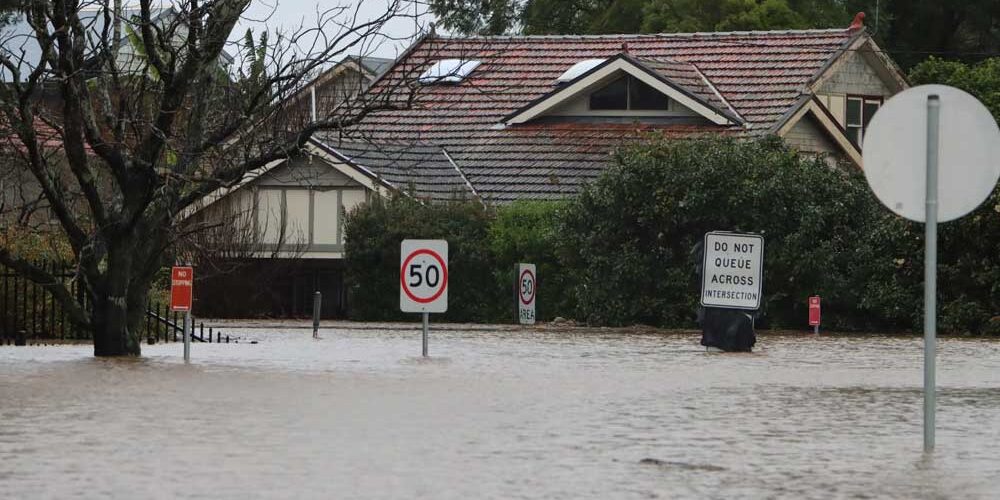After a flood, you should remain safe when examining your property structure. Water and electricity are a lethal combination. Therefore, one of the first things you need to do is cut off the electrical power immediately. Get in touch with your electric company if you need assistance.
If flood water gets into your home or business, getting the water out is a top priority. In extreme scenarios, you may have to wait until the fire department tells you it’s safe for you to go back into your structure. Floods are not covered by most standard insurance policies, and you should check with your provider to see if it’s available.
With weather patterns changing, areas that didn’t typically flood are now seeing heavier rains—which leads to eroding landscapes, damaged foundations, compromised windows or roofs, and water intrusion.
What to Do After a Flood
Once it’s safe to go back inside, you can begin assessing the damage and deciding the best way to dry out your property.
This is also the time to contact your insurance company to file claims as well as call a contractor and restoration company to assist you in getting your home or business back to its normal state.
Don’t Get Overanxious
First, stay calm and don’t get too nervous. Since your property needs to dry, you must understand that this will be a time-consuming process. It may be stressful, so prepare for it. You will be in good hands if you hire professionals who perform structural drying daily, such as experienced restoration companies.
Document Everything
Begin by documenting the flood damage with video and pictures to use as supporting documentation for your insurance claim. Make sure you start the insurance claim process ASAP as this could take some time. Ask your homeowners’ insurance what’s covered and what isn’t, so you have some idea of how to mitigate the repair costs.
Examine for Structural Damage
When encountering stagnant flood water, it’s imperative that you wear protective gear. In severe flooding, sewage and debris have contaminated the water. Be sure you’re wearing gloves, masks, boots, a long-sleeved shirt, and long pants tucked inside your boots. It is better to avoid the environment entirely until it has been cleared by experts.
Even after you’ve been given the green light, be sure your home or business is structurally sound before stepping inside. Examine the flooring and walls for swelling, cracks, and buckling. A structural engineer may be required.
Avoid Coming into Contact with Floodwater
Avoid wading, stepping into, or coming into contact with the floodwater since you don’t know what’s floating beneath the surface of the water or where the water came from. If you have the misfortune of floodwater getting on your skin, thoroughly cleanse the area with soap and water—you should call a healthcare practitioner promptly with any medical issues.
Secure your Property
Secure your property so it doesn’t get damaged even more after a flood. Seal holes and openings in doors, windows, and the roof. It’s a good idea to take photos to show your insurance company that you’re doing all you can to safeguard your home against any more damage.
Best Water Damage Restoration in Denver
In some instances, it’s best to leave the task of drying out your home or business to the professionals. If you aren’t sure how to do the work, you run the risk of damaging your property structure even more or getting electrocuted. As the best business for water damage restoration in Denver, you can depend on us to get your home or business back to its pre-flood state. Contact us for a free evaluation.







